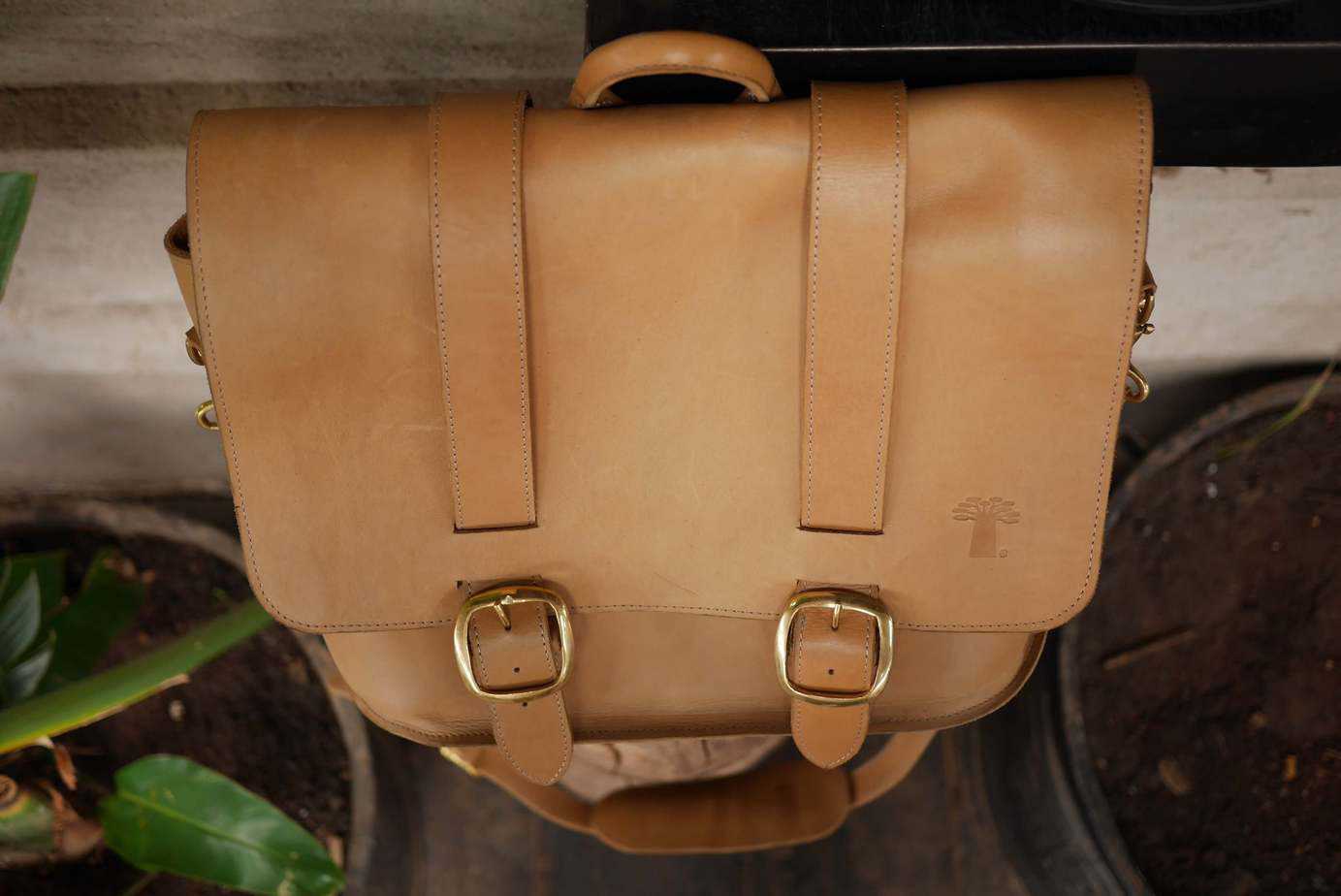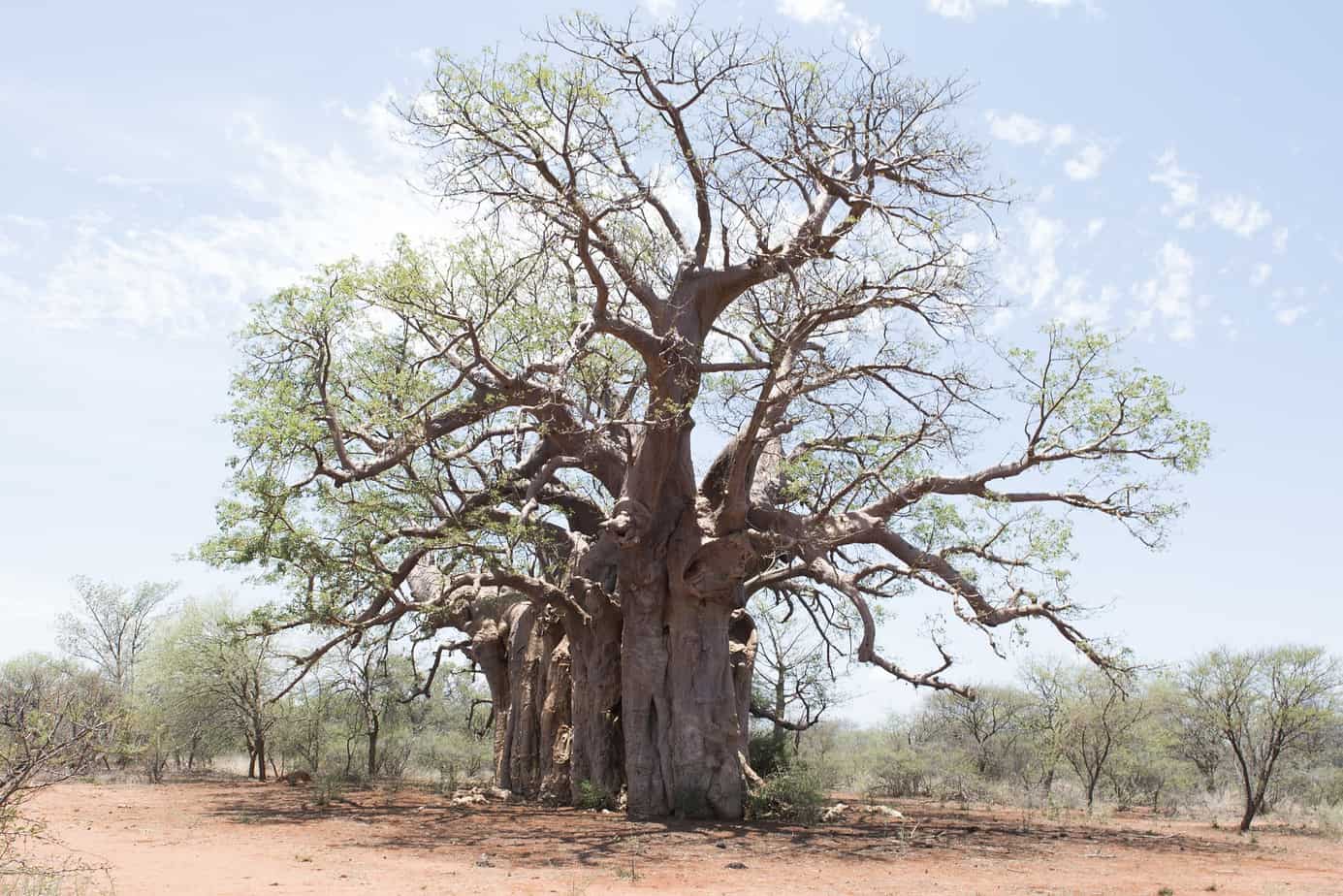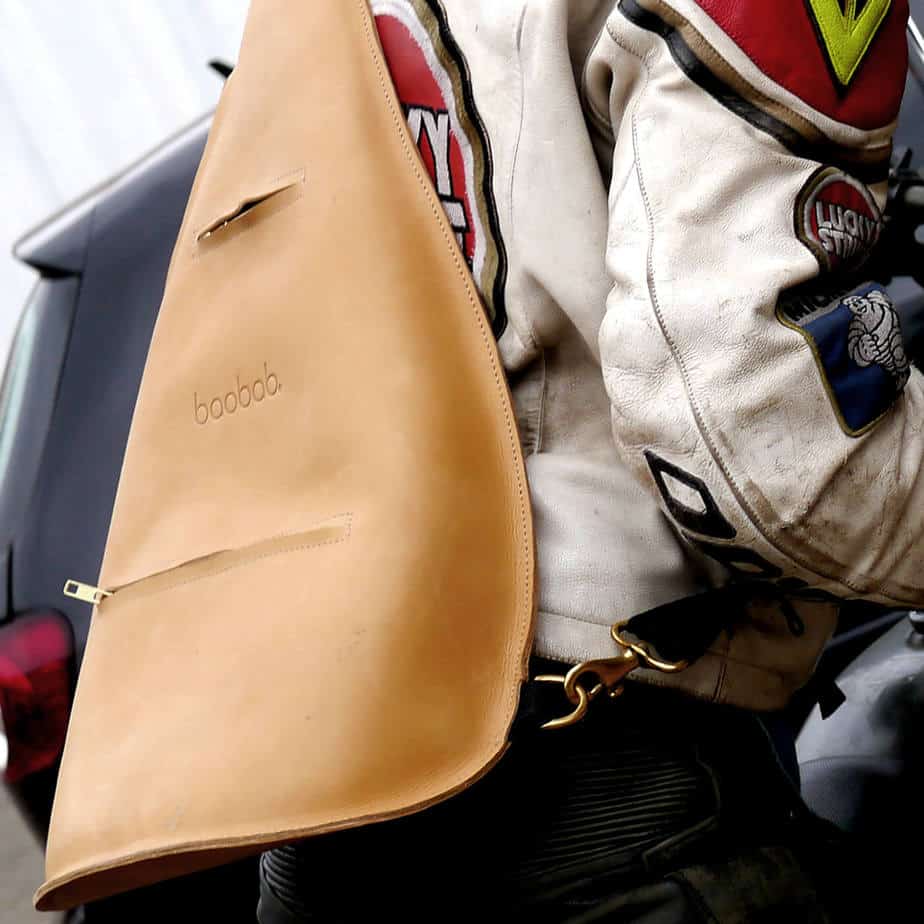
Over the years Kenya has become the hub of the entrepreneurial venture with having an increase in the informal sector (also known as Jua Kali sector) of the artisans. This increase constitutes the 5.3 per cent year-on-year to 15.9 million persons in both the private and public sector According to the Kenya National Bureau of Statistics in 2016.
As Kenya is currently the third largest tourism economy in Sub-Saharan Africa after South Africa and Nigeria, according to the Ministry of Tourism and Wildlife. It has provided a large workforce of artisans producing tourist focused products.
The common product being produced that is tailored for the tourist market is the kiondo, (Swahili basket) making. Kindo has been a centuries-old tradition within East African it being tied with cultural significance.
The kiondo was considered the best alternative for carrying produce from the farm to market. Based on its robust yet flexible and able to be folded for storage locals considered it suitable.
Its making process included crafty hand-woven natural sisal fibre in a traditional weaving style. The end result is a seamless rounded bucket-shape design which is highly durable and elegant in its simplicity.
Kiondo has earned a global reputation for its simple elegance and the significant to the Kenyan export.
Baobab a manufacturing brand of high-quality leather goods, based in Nairobi Kenya, has seemed to utilized the creative sector with the objective of providing the global marketplace with a brand of high-quality bags and related products whose focus is on simplicity, durability and style
Brief History

Justin Kirton whose the Founder of Baobab arrived in Kenya as a volunteer for VSO. It was a life-changing experience even after a previous career in the global apparel market.
Baobab has been Justin’s? attempt in building upon his prior experiences in a new and exciting environment.
The insight to start Baobab started at Bombolulu a suburb of Mombasa, Kenya. Well known for its Bombolulu Workshops and Cultural Centre ? a charity project of the Association for the Physically Disabled of Kenya.
Bombolulu has been set to provide opportunities for physically disabled people with their main focus being the production of products including bags for the tourist market.
Over a year of providing technical advice to the textile department at Bombolulu Workshops Justin was able to get the inspiration to start the famous Baobab World.
Baobab.World Philosophy
With Baobab focus on providing a global-focused product, the venture has seen to provide employment to the artisans and sustainability. This is the evidence of the shift recommended in the global development policy rather than dependence on the aids.
As entrepreneurs projects provide significantly and more sustainable solutions. Consumers are urged to support the development through the purchase of the locally produced products.
Baobab.World work micro-businesses from the manufacturing products they purchase.
The Creative Process
In the formative stages of Baobab World, they chose to create kiondo for the first collection, giving it a new twist in style.
The basic structural design was modified from a circular spiral to an oval which was better suited as a messenger bag, while still retaining the basic design composition.
The kiondo composing structure was a coarse yet soft-sided basket in the shape of a bucket; hand woven in a seamless spiral without the aid of a loom. The material used was coarse twined makes it extremely durable.
As the bag was commonly carried with women only, there was a need to eliminate the preconception. This inspired the making of the kiondo based on a courier bag.
This introduced the new style of the bag with the shape being flattened making it possible to have it carry even a laptop.
Alice and Beatrice from Kariokor market were able to interpret Justin?s idea of having the bag made of baobab twine, rather than the more typical sisal.
Baobab twine was used in place of the commonly used sisal, and this is what led to the brand name being ?Baobab?.
Baobab World subsequent collections have been focused on the use of leather however there are plans to re-introduce kiondos to the upcoming collections.
The creative process of Baobab has aimed at creating high-quality products through collaboration with the local artisans both internally and externally.
Additionally, Baobab has tried to use locally and ethically sourced raw materials in their production process, with the fabrics lining used inside the bags being sourced from individual vendors.
Here are the products from Baobab World:
Bags

As the trend with the bag making industry in Kenya being evident with embracing of locally designed fabric and leather design. Fashion design has brought about an increase in the competition and demand for these creative products.
Additionally, people?s tastes have also matured through the increasing influence of the internet which provides instant access to the latest trends.
Baobab World has focused on proving style with its bag that is durable and has a sense of simplicity.
Other range of Baobab of products includes
- Jewellery
- Bead-work
- Stone-carving
- Sculpture including; Metalwork & Wood-carving
- Textile Art
- Furniture making
- Tent-Making
- Apparel
- Ceramics
Let us know your thoughts on how the creative industry has helped in impacting the locals?


